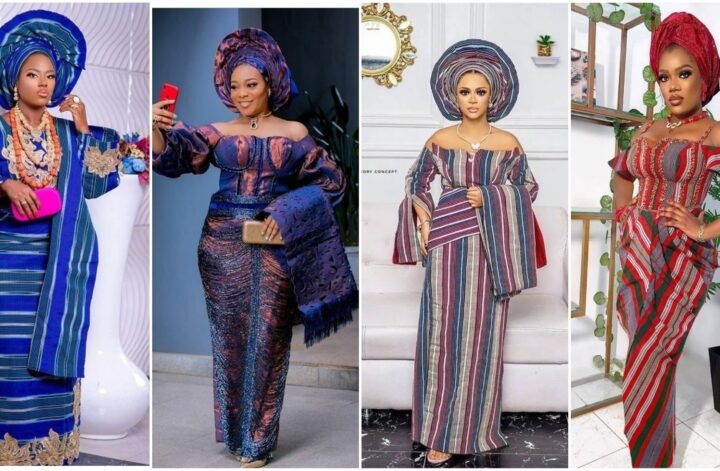To many Nigerians, Aso-oke is not just clothing material, but a fabric that weaves together history, culture, and unparalleled beauty. Aso-Oke, the hand-woven cloth of the Yoruba people, stands as a testament to the artistry and craftsmanship of West Africa. With rich tapestry, the fabric holds secrets and remarkable significance. Let’s find out!

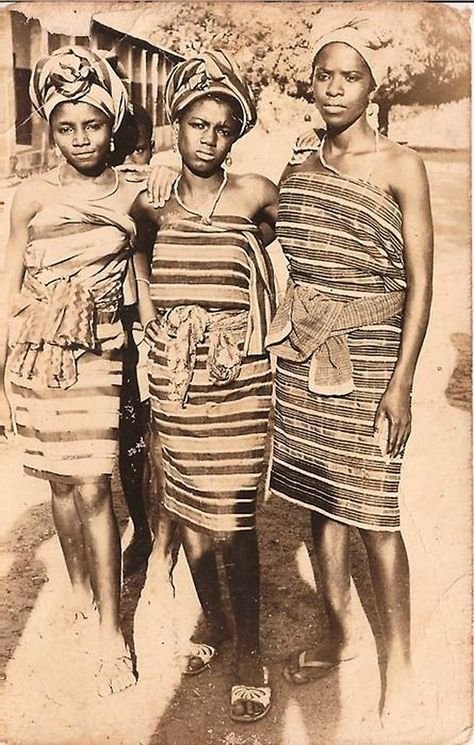
First things first, what does Aso-Oke symbolize? It represents more than just a piece of cloth; it embodies prestige, elegance, and social status. The term “Aso-Oke” translates to “top cloth” in English, signifying its high rank in Yoruba society. It’s the fabric of choice for special occasions, festivals, and ceremonies, adding a touch of regality to any gathering. It is a representation of prestige, elegance, and social status. In Yoruba society, Aso-Oke is regarded as the epitome of sartorial excellence. The term itself, “Aso-Oke,” translates to “top cloth” in English, signifying its elevated position among fabrics. This designation highlights its role as the cloth of choice for important events, where it exudes an air of sophistication and grandeur.
The selection of Aso-Oke for special occasions is a deliberate choice that reflects the wearer’s social standing, wealth, and taste. It serves as a visual marker, distinguishing individuals of high rank or societal prominence. The fabric’s intricate designs, vibrant colors, and meticulous craftsmanship make it a statement of refined elegance. Aso-Oke is commonly seen adorning celebratory gatherings such as weddings, coronations, and festivals. Its presence elevates the atmosphere, transforming ordinary spaces into vibrant displays of cultural heritage. From the bride’s resplendent attire to the dignitaries’ regal robes, Aso-Oke drapes the occasion in a cloak of prestige and reverence.

Moreover, Aso-Oke serves as a means of communicating identity, heritage, and familial bonds. It fosters a sense of community and solidarity through the concept of “Aso-ebi.” When groups of people wear coordinated Aso-Oke outfits at an event, they form a visual symbol of unity and togetherness. This shared attire creates a sense of belonging, strengthening familial and friendship ties. The choice of Aso-Oke patterns, colors, and combinations also carries significance. Certain designs and motifs may hold cultural or historical references, reflecting the collective memory and values of the Yoruba people. The colors employed in Aso-Oke can convey specific messages and emotions, such as red symbolizing vitality and passion or gold representing opulence and wealth.
Furthermore, the artistry and craftsmanship involved in producing Aso-Oke contribute to its symbolic value. Skilled weavers, both men and women, dedicate their time and expertise to create these exquisite fabrics. Their intricate weaving techniques, passed down through generations, add a layer of cultural heritage to each piece. Aso-Oke becomes a tangible representation of ancestral knowledge and mastery. In essence, Aso-Oke transcends its material form. It encapsulates the aspirations, traditions, and aspirations of the Yoruba people. It embodies the ideals of beauty, elegance, and social distinction, making it a fabric that resonates far beyond its physical presence. Aso-Oke stands as a cultural treasure, celebrating the rich tapestry of Yoruba heritage and enriching the lives of those who wear it with a sense of pride and reverence.
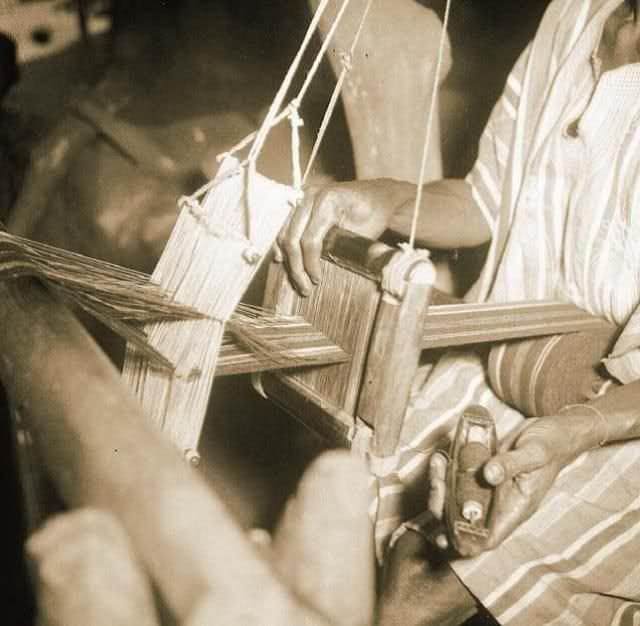

But wait, what sets Aso-Oke apart from Aso Ofi? While both fabrics are hand-woven and hail from Yorubaland, they differ in their production process and intended use. Aso-Oke is characterized by its complex patterns and vibrant colors, often woven by skilled artisans. On the other hand, Aso Ofi boasts a simpler weave and is typically used for everyday wear. They differ in their production processes and specific uses. Aso-Oke, with its intricate patterns and vibrant colors, is a fabric that exudes elegance and is commonly associated with special occasions, ceremonies, and festivals. It is renowned for its complex weaving techniques and is often created by highly skilled artisans who possess extensive knowledge of traditional designs and motifs.
To weave Aso-Oke, the process begins with the harvesting of cotton, which is then hand-processed to create threads. These threads are meticulously dyed using natural or synthetic dyes to achieve the desired hues. The next step involves setting up the loom, a frame that holds the vertical threads, known as warp, in place. Skilled weavers carefully interlace the horizontal threads, called weft, through the warp to create the intricate patterns characteristic of Aso-Oke. The complexity of Aso-Oke’s design arises from the weaving techniques employed, such as supplementary weft and double-faced weave. Supplementary weft involves adding extra threads to create decorative motifs, while the double-faced weave results in a reversible fabric with distinct patterns on both sides. These intricate techniques contribute to the richness and visual appeal of Aso-Oke, making it a fabric of choice for formal and celebratory occasions.
On the other hand, Aso Ofi, while also hand-woven, boasts a simpler weave and is predominantly used for everyday wear. It is characterized by its plain or minimalistic designs, often featuring solid colors or subtle stripes. Aso Ofi is a fabric that reflects practicality and comfort, making it suitable for casual attire. The production process of Aso Ofi follows a similar trajectory to Aso-Oke but with fewer intricate weaving techniques and design elements. The cotton is harvested, processed, and spun into threads. These threads are then woven using a simpler loom, creating a fabric that is less ornate compared to Aso-Oke. Aso Ofi’s weaving techniques are generally straightforward, focusing on achieving a sturdy and comfortable cloth for regular use.
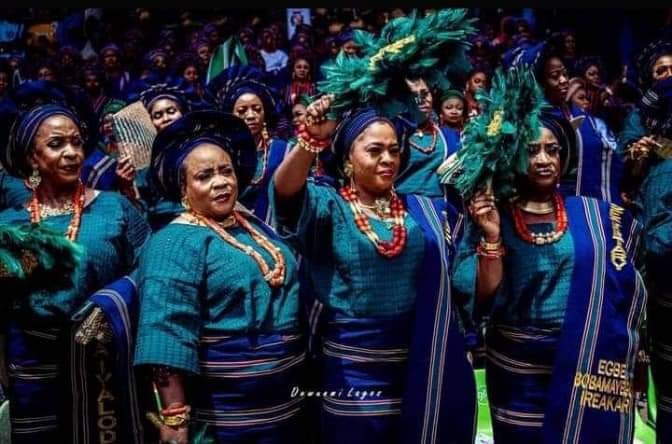
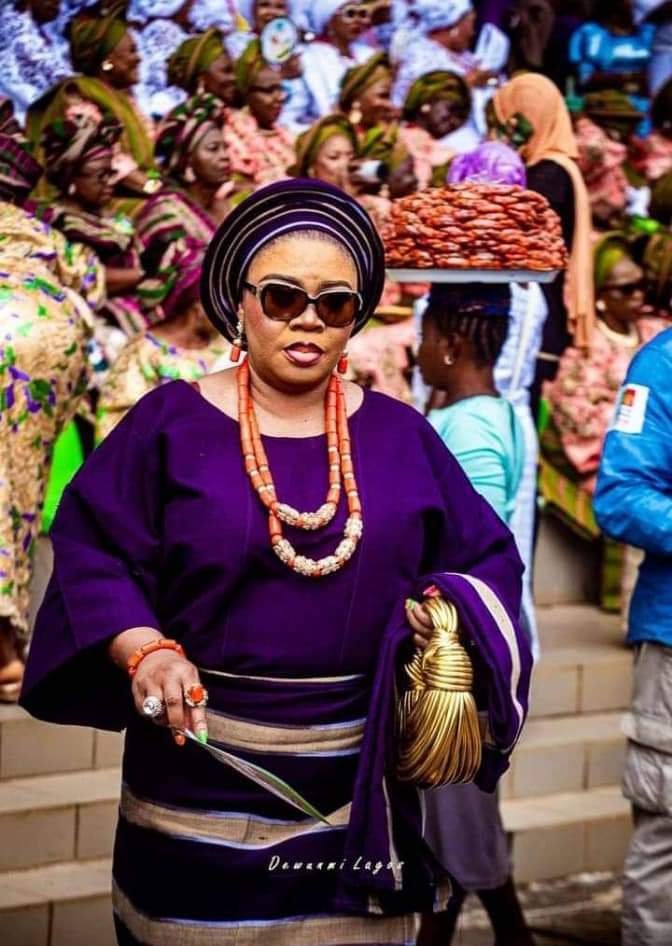

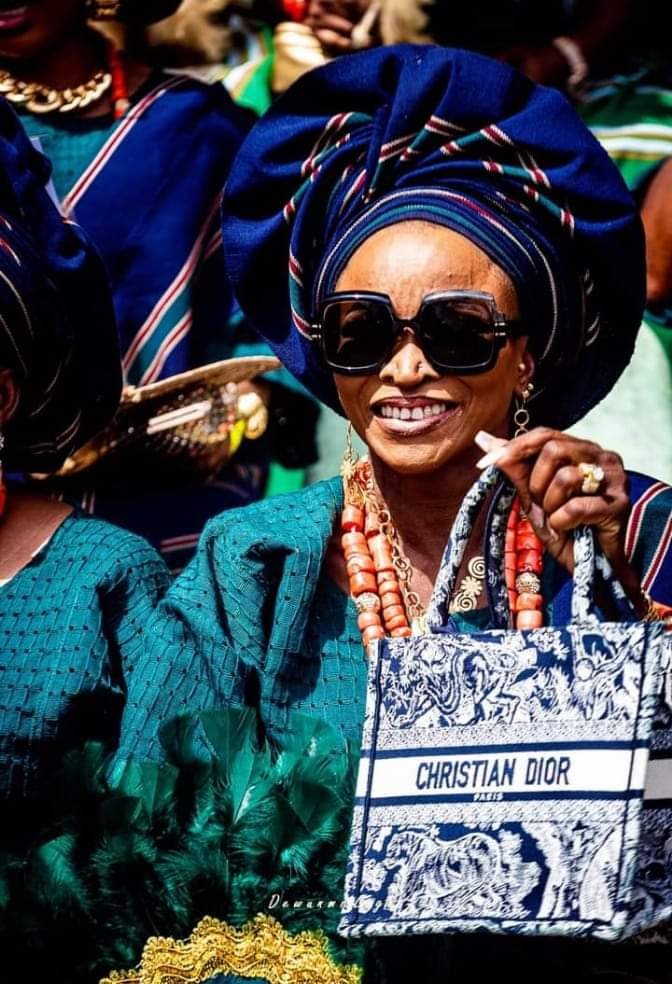
In terms of usage, Aso-Oke is favored for special events, traditional ceremonies, weddings, and festive occasions. It adds an element of grandeur and cultural significance to the wearer’s attire, often complemented by matching accessories like hats (fila), head-ties (gele), and gowns (agbada). Aso-Oke’s intricate patterns and vibrant colors make it a statement fabric that embodies prestige and celebration. Aso Ofi, on the other hand, is commonly worn as everyday clothing by both men and women. It is versatile, lightweight, and comfortable, making it suitable for regular activities. Aso Ofi garments include wrappers (iro), tops (buba), and shawls (pele) for women, while men may wear outfits such as trousers (shokoto) and shirts (buba) made from Aso Ofi fabric.
While both Aso-Oke and Aso Ofi share the craftsmanship of Yoruba hand-weaving, their differences lie in the complexity of their designs, intended use, and the occasions they are associated with. Aso-Oke embodies elegance and is reserved for special events, while Aso Ofi embraces simplicity and is embraced for everyday wear. So, whether it’s the ornate beauty of Aso-Oke or the understated charm of Aso Ofi, these hand-woven fabrics continue to be cherished elements of Yoruba culture, contributing to the rich sartorial heritage of Nigeria and beyond.
Now, let’s explore the captivating varieties of Aso-Oke. Three major types steal the spotlight: Etu, Sanyan, and Arari. Etu, resembling the patterns found on the feathers of a guinea fowl, showcases deep indigo hues interwoven with delicate light blue stripes. Sanyan, obtained from the cocoons of the Anaphe moth, displays a soft, earthy palette, often used for both somber occasions like funerals and joyous celebrations like weddings. And then there’s Arari, a mesmerizing deep red fabric woven with magenta waste silk, radiating passion and energy.
See more details about the captivating varieties of Aso-Oke below:
1. Etu: This Aso-Oke type takes inspiration from the exquisite patterns found on the feathers of the guinea fowl. It features a striking combination of deep indigo hues interwoven with delicate light blue stripes. The contrasting colors create a visually stunning effect, capturing the essence of elegance and regality. Etu Aso-Oke holds a significant place in Yoruba culture and is often worn during prestigious events, royal ceremonies, and traditional festivals.
2. Sanyan: Derived from the cocoons of the Anaphe moth, Sanyan Aso-Oke boasts a soft and earthy palette. Its natural beige and pale brown tones reflect the beauty of untouched landscapes, reminiscent of the warm embrace of nature. Sanyan holds a versatile role in Yoruba culture, being worn for both somber occasions like funerals, symbolizing respect and solemnity, and joyous celebrations like weddings, exuding grace and sophistication. This type of Aso-Oke exudes a timeless charm that transcends boundaries.
3. Arari: Prepare to be mesmerized by the allure of Arari Aso-Oke. This type features a deep red color, captivating the eyes with its rich and intense hue. What makes Arari truly enchanting is the intricate weaving of magenta waste silk, creating a textured and visually dynamic fabric. The vibrant red symbolizes passion, strength, and vitality, making it a popular choice for joyous celebrations and auspicious occasions. Arari Aso-Oke embodies a sense of vibrancy and energy, making a bold statement wherever it graces.
These three major types of Aso-Oke, Etu, Sanyan, and Arari, each hold their unique charm and significance within Yoruba culture. The craftsmanship and attention to detail that go into weaving these fabrics are a testament to the skill and dedication of Yoruba artisans. From the majestic indigo stripes of Etu to the soft earthy tones of Sanyan and the fiery reds of Arari, Aso-Oke captures the essence of cultural heritage and artistic expression, adding a touch of elegance to any occasion.
It’s important to note that while these three types are considered the major varieties, Aso-Oke has evolved over time, and weavers have experimented with different colors, patterns, and combinations. Today, you can find a wide range of customized designs and color variations that reflect contemporary tastes and individual preferences. The beauty of Aso-Oke lies in its ability to adapt and evolve while maintaining its deep-rooted connection to Yoruba tradition. Whether you choose the traditional varieties or opt for a modern interpretation, Aso-Oke continues to weave stories of heritage, style, and cultural pride. It serves as a reminder of the rich tapestry of Nigerian traditions and the incredible artistry passed down through generations. So, embrace the allure of Aso-Oke, and let its vibrant colors and intricate patterns adorn your world with beauty and grace.
But the world of Aso-Oke doesn’t stop there! Modern innovation and creativity have birthed an array of new designs and color combinations, allowing you to customize your Aso-Oke to reflect your personal style and taste. From bold patterns to subtle hues, this fabric has evolved into a true work of art, capturing the attention of collectors and fashion enthusiasts worldwide. This modern innovation and creativity has transformed Aso-Oke into a true marvel of artistic expression and fashion. (to be continued)
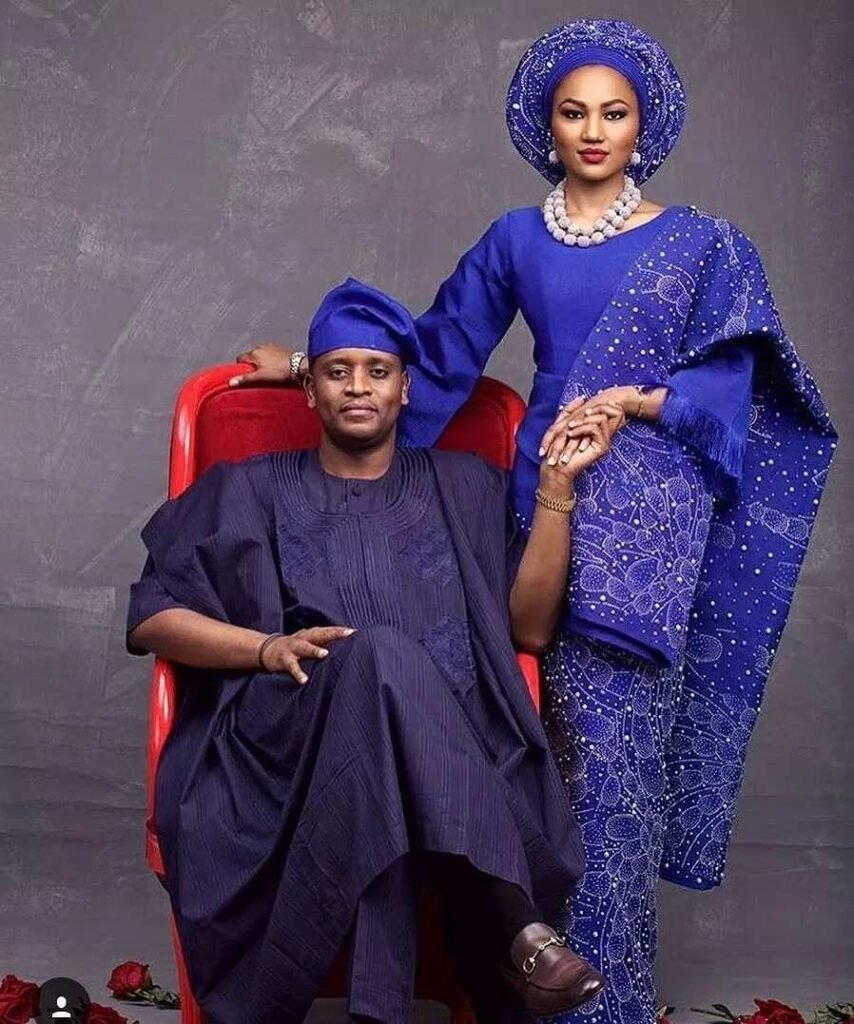


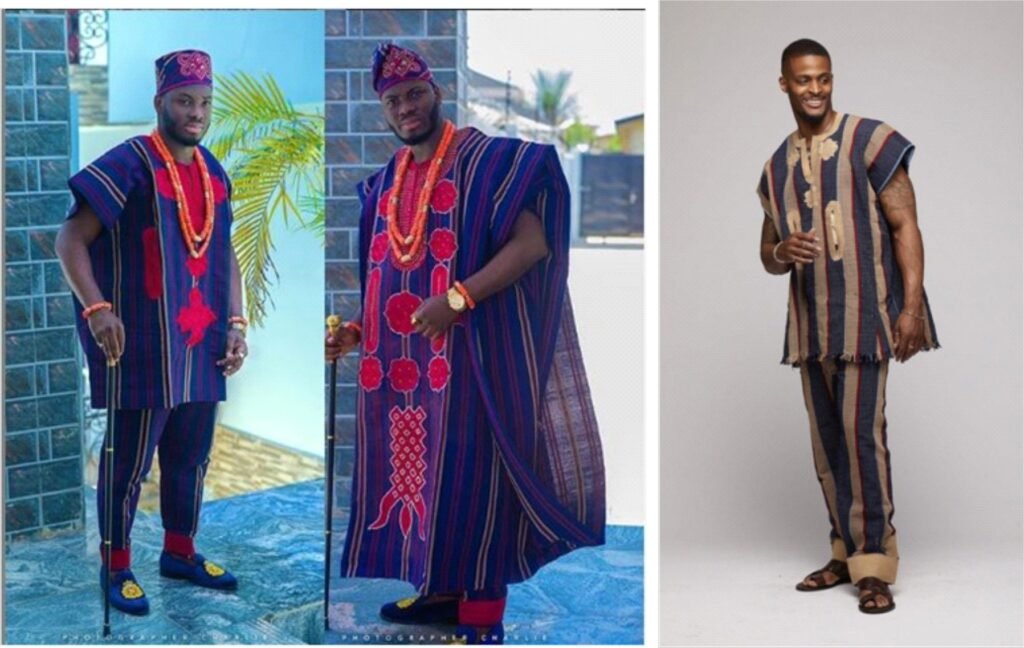
.
Joseph Omoniyi
https://twitter.com/Ola_josef?t=mFqIqPFZ07cIvBVM8-88lw&s=09

